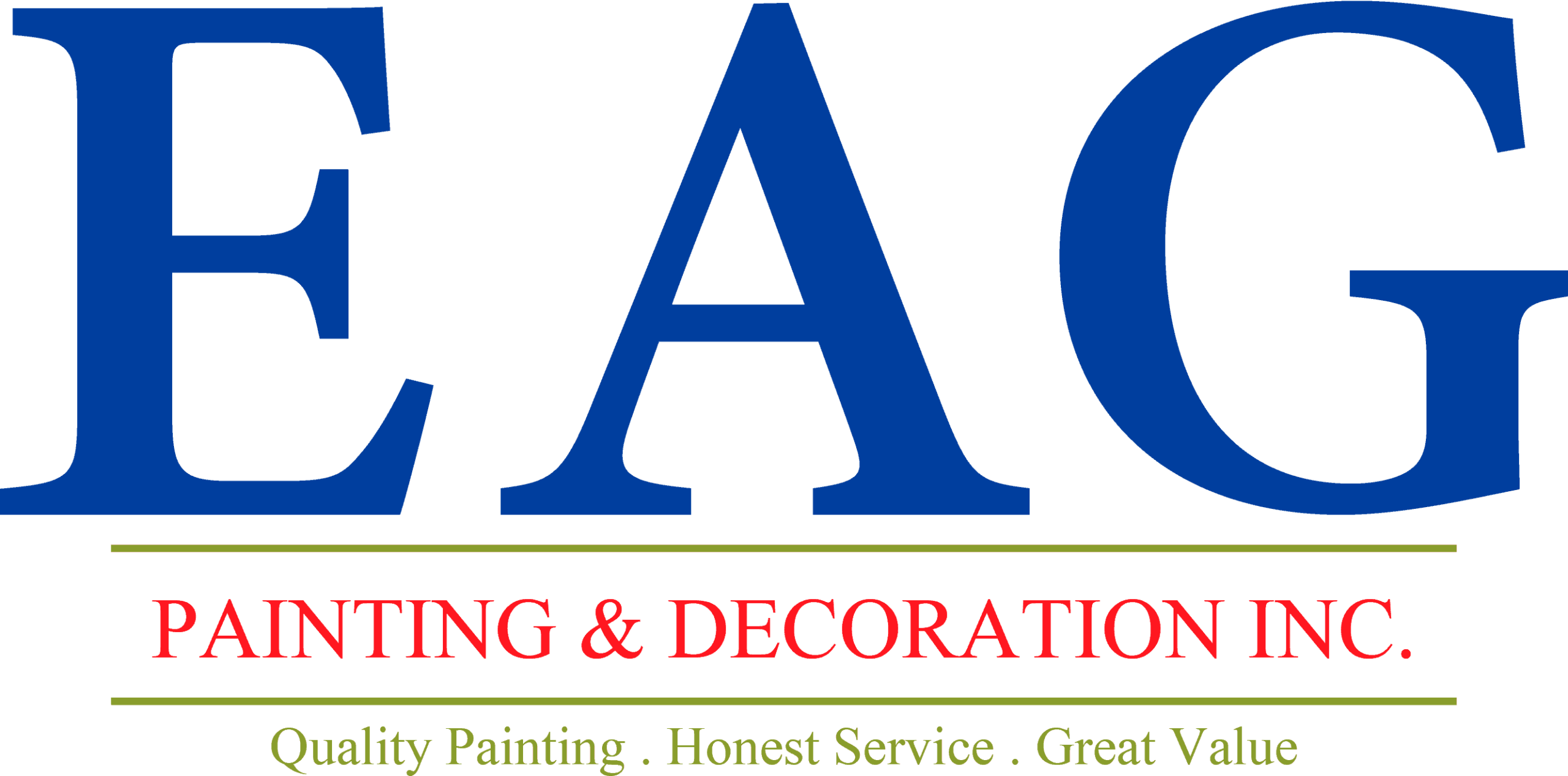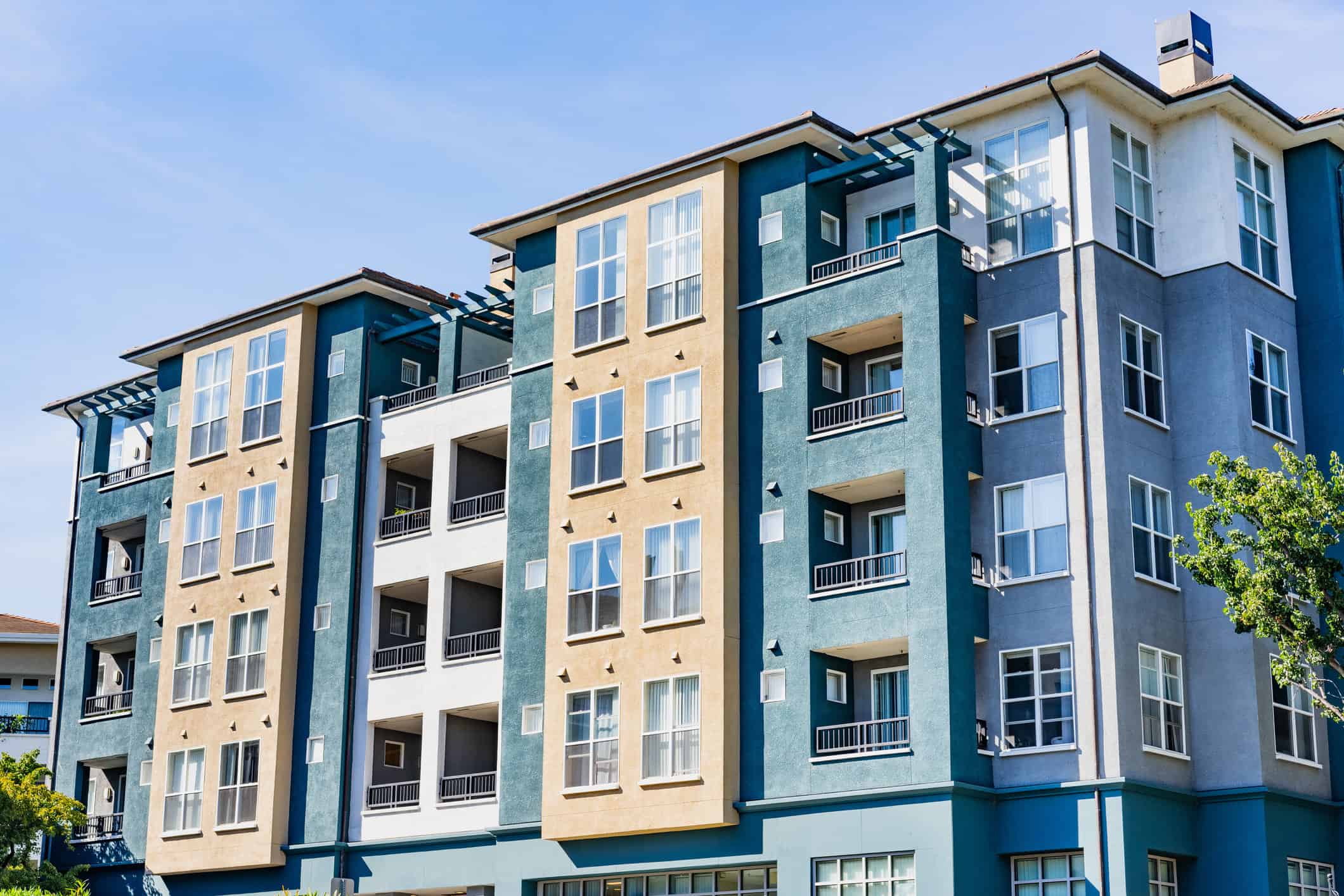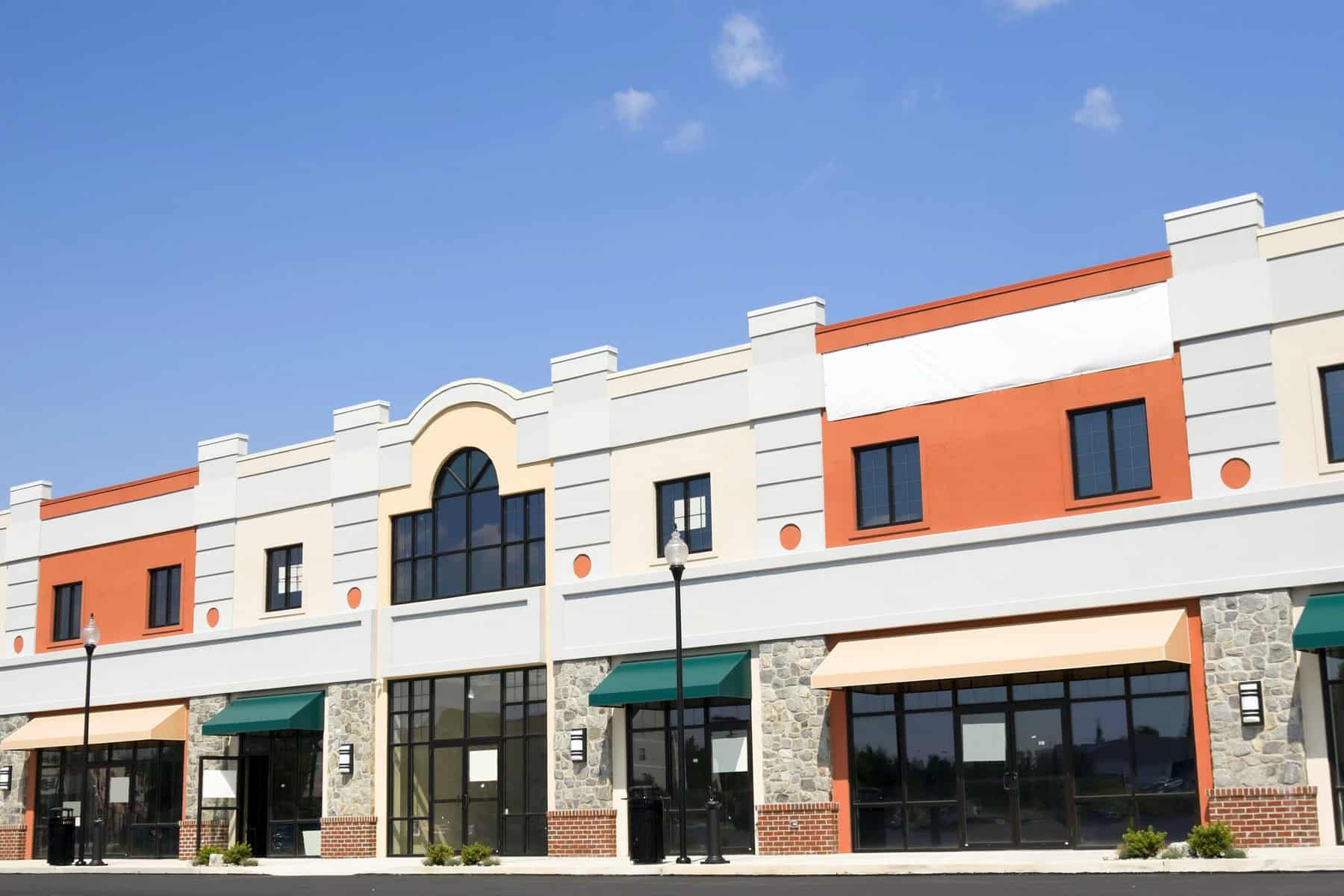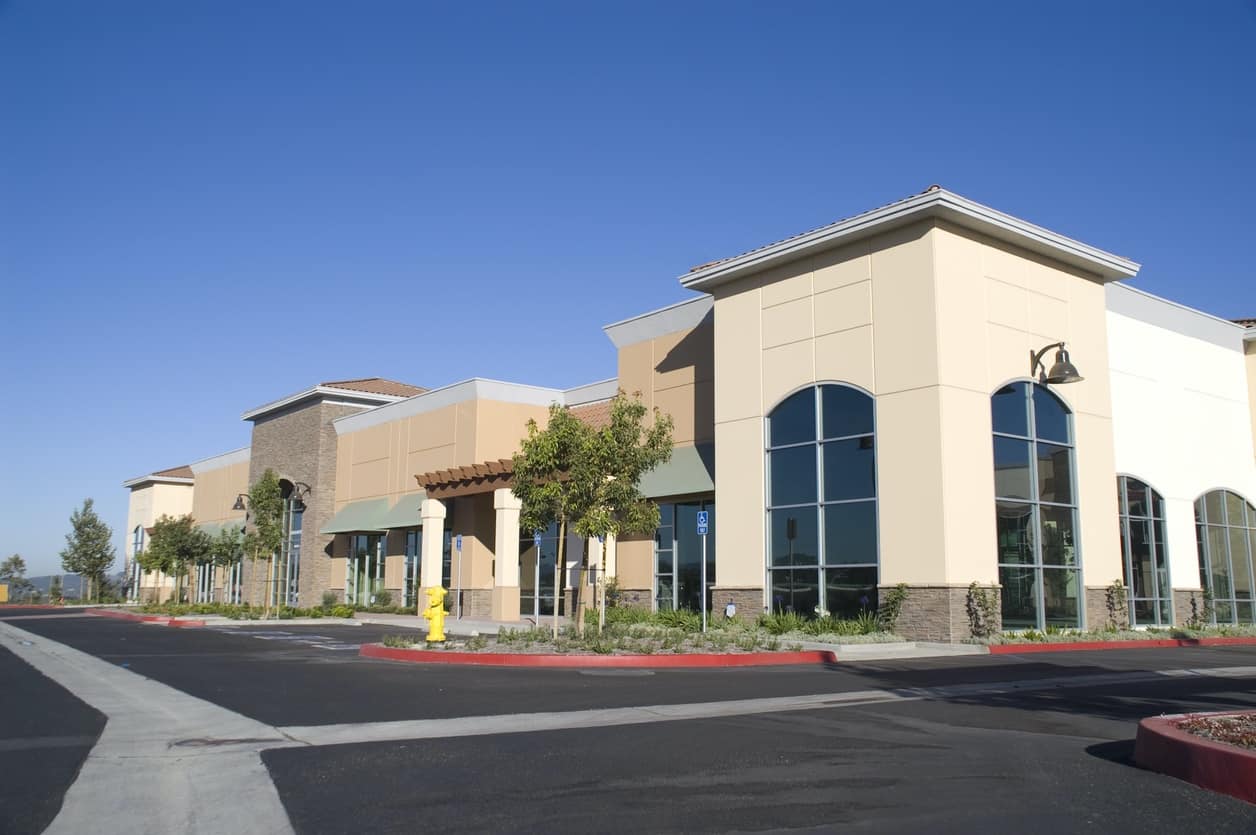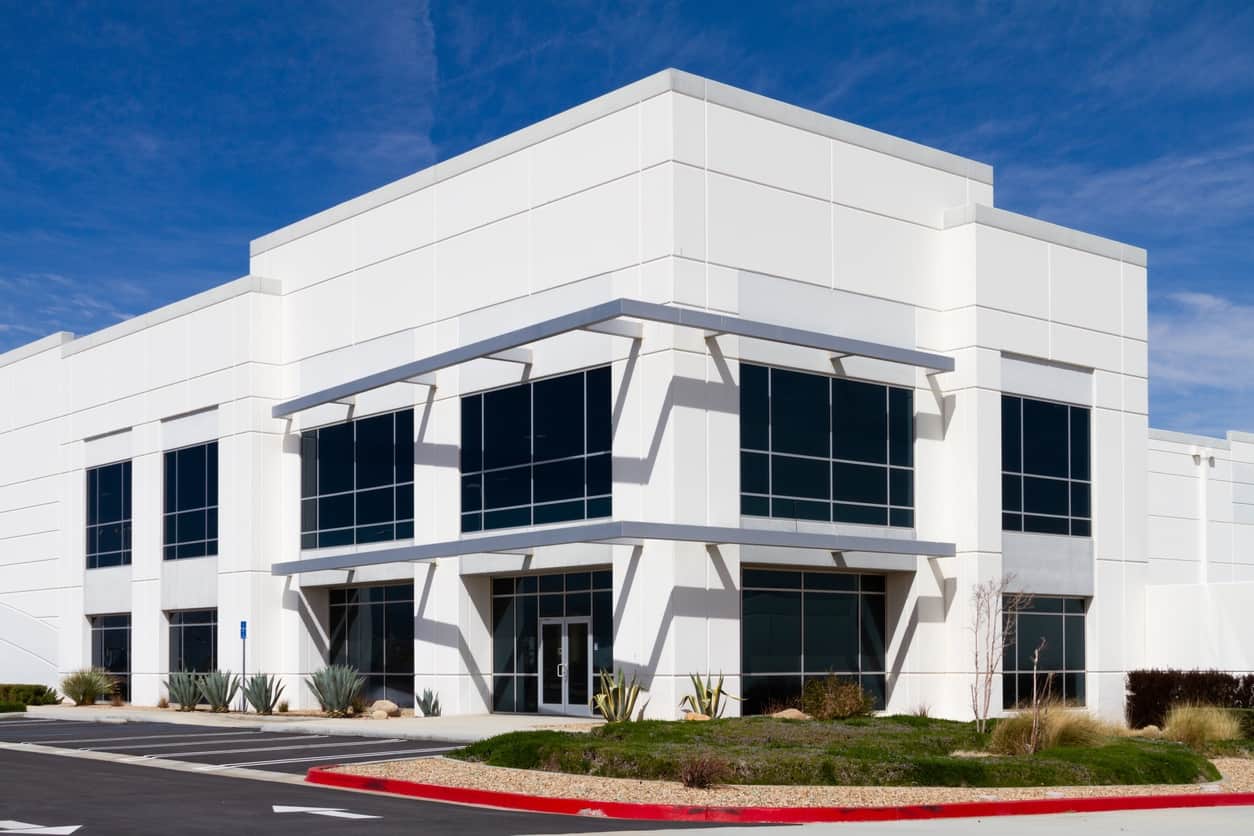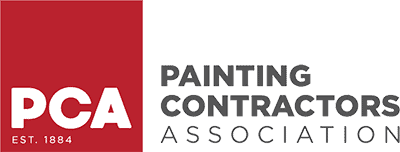In high-traffic commercial environments—urban storefronts, transit hubs, schools, parking garages—graffiti is more than a cosmetic nuisance. It’s a recurring threat to brand perception, surface durability, and maintenance budgets.
According to a study by the U.S. Department of Justice, graffiti removal costs public and private property owners an estimated $12 billion annually. For commercial properties, graffiti can quickly erode customer trust, tenant satisfaction, and real estate value.
Rather than reacting with costly repainting, many businesses are turning to anti-graffiti coatings—specialized surface treatments that prevent spray paint, marker ink, and other substances from bonding permanently.
This guide breaks down the types of coatings, key selection factors, application methods, real-world examples, and how to determine whether they make sense for your business.
Why Anti-Graffiti Coatings Are a Smart Business Decision
Financial Efficiency: Lower Long-Term Maintenance Costs
While initial application costs can range from $2 to $6 per square foot, depending on the coating type and surface, this investment pays off quickly in maintenance savings. Businesses report:
-
30–70% reduction in graffiti removal costs
-
Significantly reduced repainting frequency
-
Decreased downtime for affected storefronts
Example: A metro-area gas station that applied a polyurethane-based anti-graffiti coating to its brick façade saved over $5,000 in repainting costs in the first year alone.
Preservation of Surface Materials
Graffiti removal—especially on porous surfaces like brick, unsealed wood, and concrete—often requires abrasive scrubbing or chemical solvents that damage the substrate. Anti-graffiti coatings provide a barrier that protects:
-
Historic masonry
-
Precast concrete
-
EIFS (Exterior Insulation and Finish Systems)
-
Metal panels and signs
-
Wood trim and fencing
Enhanced Public Perception and Brand Protection
Graffiti—even when quickly removed—can create a perception of neglect. For storefronts and public-facing businesses, this impacts:
-
Customer trust
-
Foot traffic
-
Lease renewals for multi-tenant properties
Where Anti-Graffiti Coatings Offer the Greatest ROI
Anti-graffiti coatings are not a one-size-fits-all solution—they’re most effective when used strategically. The key to maximizing your return on investment (ROI) lies in understanding where and why these coatings are worth applying.
Certain zones and industries are far more prone to tagging, etching, or other forms of vandalism. In these high-risk environments, protective coatings not only reduce maintenance costs but also extend the life of building materials and preserve public perception.
High-Risk Zones: Consistently Targeted by Vandals
These are areas where foot traffic is high, visibility is low, or surfaces are easily accessible—all conditions that attract graffiti.
-
Transit corridors – Subway entrances, bus stops, and train platforms are frequent graffiti targets. Surfaces are often concrete or tile, which are porous and costly to clean without protection. Anti-graffiti coatings ensure quick cleanup with minimal damage.
-
Alleyways and rear entrances – These less-monitored spaces are easy for vandals to access and deface, especially on brick or stucco. Permanent coatings allow maintenance teams to remove graffiti with minimal effort, discouraging repeat incidents.
-
Urban storefronts – Glass windows, metal shutters, and painted wood trim face high visibility and high tagging frequency. Coatings here help maintain brand aesthetics and customer trust.
-
Loading docks and service corridors – These utility areas are often tucked away behind commercial properties and attract graffiti due to low foot surveillance.
-
School exteriors and athletic facilities – Locker rooms, gymnasium walls, bleachers, and outdoor restrooms often suffer from marker tags and paint. A coating can turn hours of cleaning into a simple wipe-down.
Businesses Most at Risk: Where Coatings Pay for Themselves Quickly
In some industries, graffiti isn’t just an occasional nuisance—it’s a recurring problem that adds up in labor, repainting, and reputation damage.
-
Retail chains and convenience stores – High visibility makes them prime targets. Most graffiti appears on signage, walls, and windows. A clear coating preserves materials and eliminates the need for frequent repainting.
-
Auto dealerships – Large, flat walls and fencing often attract graffiti, particularly in urban areas or near highways. Damage to signage and façade materials can be expensive to reverse without preventative measures.
-
Strip malls and mixed-use spaces – These properties often include both retail and residential tenants. Graffiti on common walls or hallways can affect multiple occupants, leading to dissatisfaction and lease complications.
-
Schools, colleges, and universities – Educational institutions see high volumes of foot traffic and frequent tagging, especially around restrooms, stairwells, and athletic facilities. Semi-sacrificial or permanent anti-graffiti coatings help janitorial staff clean up quickly without damaging painted surfaces.
-
Warehouses and logistics hubs – Often located in industrial zones, these buildings have expansive walls and little supervision during off-hours. Graffiti on these structures sends the wrong message to clients and partners.
-
Hotels and apartment complexes – First impressions matter. Graffiti on lobby doors, fences, garages, or signage can create a perception of poor maintenance or security. A durable anti-graffiti coating protects the image of the entire property.
Vulnerable Surfaces
| Surface Type | Risk Level | Challenges Without Anti-Graffiti Coating |
|---|---|---|
| Brick & Concrete | High | Porous, absorbs pigment, difficult to clean |
| Painted Stucco | Medium | Paint often removed with graffiti |
| Unfinished Wood | Medium | Ink seeps into grain, sanding damages surface |
| Glass or Acrylic | Medium | Scratches from cleaning methods |
| Aluminum or Metal | Low–Medium | Can be etched with chemicals if not protected |
Understanding the Types of Anti-Graffiti Coatings
1. Sacrificial Coatings
-
Composition: Wax-based or cellulose polymers
-
How They Work: Applied over the surface; graffiti is removed by pressure washing, which also removes the coating
-
Reapplication: Required after every cleaning
-
Lifespan: Typically 1–2 years, depending on exposure
Pros:
-
Inexpensive
-
Easy to apply
-
Ideal for historic masonry or porous stone
Cons:
-
High maintenance
-
Not ideal for surfaces frequently hit by graffiti
Cost: $2–$3 per sq. ft. (materials + labor)
2. Semi-Sacrificial Coatings
-
Composition: Acrylic or silicone blends
-
How They Work: Penetrate and seal the surface; graffiti can be removed multiple times before recoating is required
-
Reapplication: Every 2–5 cleanings
Pros:
-
Moderate durability
-
Cost-effective for surfaces hit occasionally
Cons:
-
Diminishes over time
-
May alter appearance slightly
Cost: $3–$4 per sq. ft.
3. Permanent (Non-Sacrificial) Coatings
-
Composition: Polyurethane, fluoropolymers, siloxanes
-
How They Work: Create a chemically resistant, hydrophobic layer that repels paint, ink, and adhesives
-
Reapplication: None for 7–10 years (with maintenance)
Pros:
-
Longest-lasting solution
-
Withstands hundreds of cleanings
-
Ideal for high-traffic zones
Cons:
-
Higher upfront cost
-
Can alter gloss or texture slightly
Cost: $4–$6 per sq. ft.
Comparison Table: Anti-Graffiti Coating Types at a Glance
| Coating Type | Durability | Ideal Use Cases | Graffiti Removal Method | Reapplication Needed? |
|---|---|---|---|---|
| Sacrificial | 1–2 cleanings | Historic brick, low-risk walls | Hot water pressure wash | Yes, every cleaning |
| Semi-Sacrificial | 3–5 cleanings | Schools, offices, stairwells | Mild solvent or warm wash | Every 1–2 years |
| Permanent | 7–10 years | Storefronts, garages, public buildings | Solvent wipe or detergent wash | No |
How These Anti-Graffiti Coatings Are Applied
1. Surface Preparation
-
Surfaces must be dry, clean, and structurally sound.
-
Power washing and degreasing are usually required.
-
pH-neutralizing agents may be needed for masonry.
Note: New concrete should cure for 28–30 days before application.
2. Priming (if required)
-
Porous surfaces may need a primer to ensure even application.
-
Metal and non-porous substrates often require adhesion promoters.
3. Application Process
-
Application methods: airless spray, roller, or brush
-
Typically applied in 1–2 coats depending on product
-
Curing time ranges from 2 to 24 hours, depending on temperature and humidity
4. Maintenance and Cleaning
-
Use manufacturer-recommended solvents (e.g., citrus-based, acetone)
-
Avoid abrasive brushes or scouring pads
-
Schedule visual inspections annually to detect wear
Addressing Common Concerns
| Concern | Reality |
|---|---|
| “Will it change how my building looks?” | Many coatings are available in clear matte or satin finishes—visually unobtrusive. |
| “Is it expensive?” | While costlier upfront, coatings can pay for themselves within 1–2 years. |
| “Can our staff handle cleaning?” | Yes—manufacturers provide easy-to-follow removal guidelines. |
| “Is it environmentally safe?” | Many coatings are low-VOC and compliant with LEED and EPA standards. |
How to Choose the Right Contractor
1. Look for Certified Applicators
Some coating systems require trained, certified professionals for warranty coverage.
2. Ask for Specific Experience
Request photos, references, or case studies involving anti-graffiti work on commercial properties.
3. Verify Product Knowledge
Ensure your contractor works with brands like:
-
PPG Graffiti-Free™
-
Benjamin Moore Ultra Spec® SCUFF-X®
-
Protectosil® Antigraffiti
-
TK Products TK-5900 or TK-1450
-
RhinoShield by AmCoat
Conclusion: Is It Time to Coat?
If your property is in an area with moderate to high graffiti risk, an anti-graffiti coating is no longer optional—it’s essential. It reduces your long-term maintenance costs, safeguards your building materials, and reinforces your public image.
Act now to protect your investment. A professional-grade anti-graffiti coating can offer 7–10 years of protection and pay for itself in less than two.
Need a Commercial Coating Assessment?
Get in touch today to schedule a site walkthrough and product recommendation based on your surface type, graffiti risk, and budget.
